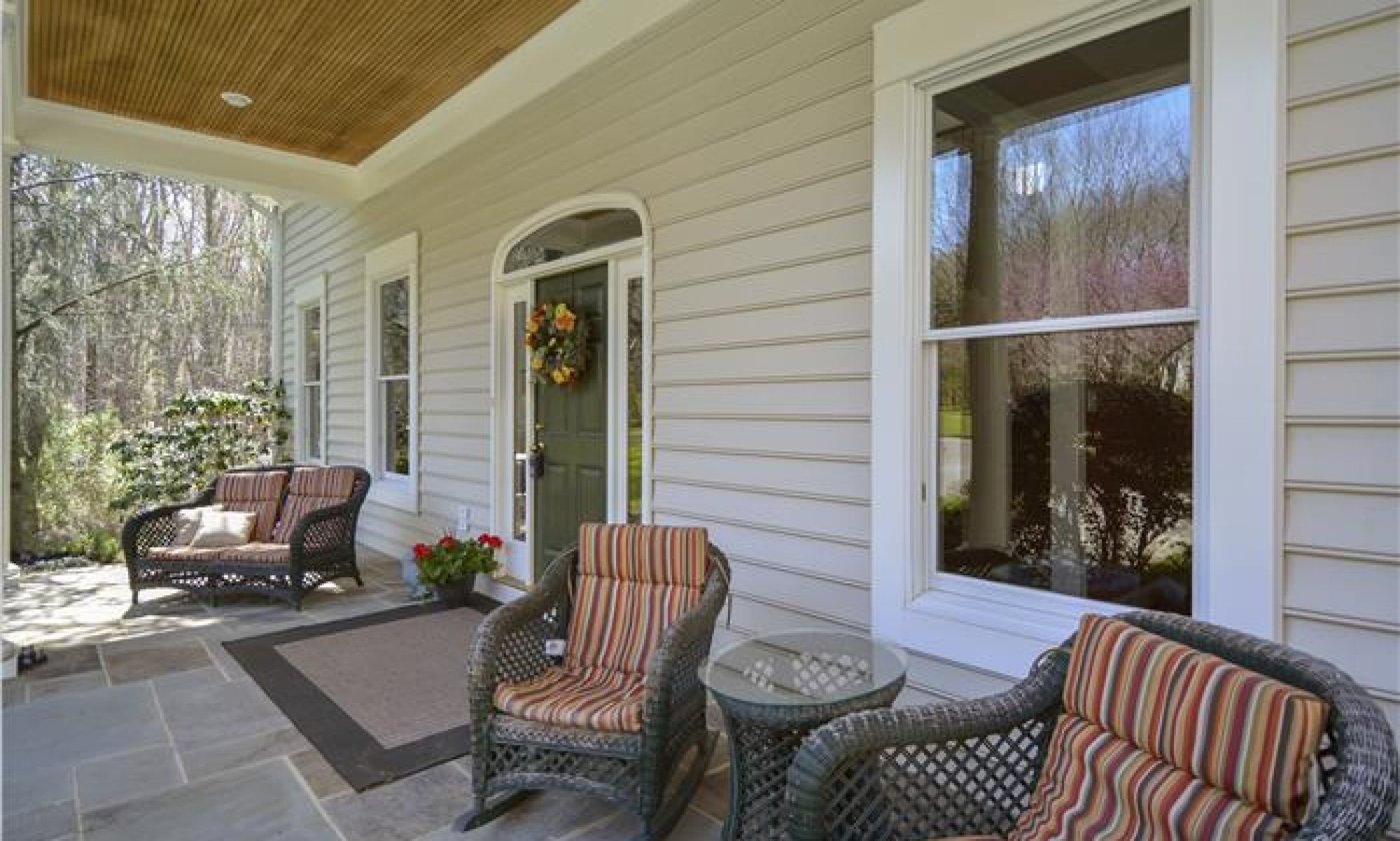Homes can vary along a spectrum of many factors. Size, style, location, are just the basic differences and are generally used by home buyers in their home search. However, even similar homes in the same neighborhood can differ depending on the homes’ features. Home buyer preferences and trends toward home features is usually the reason for price differences on similar neighborhood homes. This truth was validated by a study conducted by the National Association of Home Builders (How Features of a Home Impact Its Price; nahb.org; November 30, 2004). If you’re selling this spring, consider home buyers preferences and current home buyer trends.
In past columns, I talked about how most home buyers in the current housing market want a turn-key home. And that still holds true. Home buyers still prefer to buy a new home. However, buying a recently updated/renovated home is the next best thing. Generally, homes with new kitchens, bathrooms, and flooring get multiple offers and sell very quickly. Alas, updating and renovating a home takes time and money. Discuss with your listing agent how making (or not making) updates and renovations affect your sale price. You may have to adjust your pricing expectations accordingly.
So, what tops the list of home buyer preferences? The National Association of Home Builders latest “Trends in Home Buyer Preferences” (nahb.org) indicates that the kitchen is a prime area of focus. Current kitchen trends include a strong preference to either “traditional” or contemporary style cabinets. The styling would depend on the kitchen overall (consulting with a design center would be helpful). Additionally, water filtration has also become a desirable feature. If not already installed, water filtration can be added when replacing a refrigerator, as it is now a common function of modern refrigerators.
In today’s growing awareness of environment and sustainability, it’s a given that home buyer preferences show a strong preference toward energy efficiency. When updating, consider Energy Star (energystar.gov) certified appliances. Energy Star appliances typically use 50 percent less energy than standard models. Additionally, consider having an energy audit prior to listing your home. The energy audit will reveal the home’s energy efficiency. It will also highlight where improvements are recommended. The report itself is useful to the home buyer, even if you don’t follow all the recommendations.
New flooring is also important to home buyers. The preference towards wood flooring has always been strong. However, be aware that there are differences in quality of flooring products, as well as workmanship of installers. Even if you purchase top quality hardwood, poor installation can actually negatively impact the sale price. If you’re installing wood, tile or similar flooring, hire an MHIC licensed flooring contractor. Your flooring contractor can also help with trendy flooring options.
As a home seller, you certainly consider your home as being special. And you probably spent a good amount of money on customizing your home over the years. However, a problem many home sellers encounter is that over customization and personalization can negatively affect the home sale price. The truth is that home buyers have preferences too, and their preferences may not reflect yours.
Home buyer preferences and trends are constantly changing. Your listing agent should be able to help understand how current home buyer preferences and trends impact your home sale. Additionally, consulting with a home staging or interior design professional can assist you with deciding on making relevant updates to your home.
Original published at https://dankrell.com/blog/2019/04/27/home-buyer-preferences
By Dan Krell
Copyright © 2019.
If you like this post, do not copy; instead please:
link to the article
like it on facebook
or re-tweet.

Disclaimer. This article is not intended to provide nor should it be relied upon for legal and financial advice. Readers should not rely solely on the information contained herein, as it does not purport to be comprehensive or render specific advice. Readers should consult with an attorney regarding local real estate laws and customs as they vary by state and jurisdiction. Using this article without permission is a violation of copyright laws.





